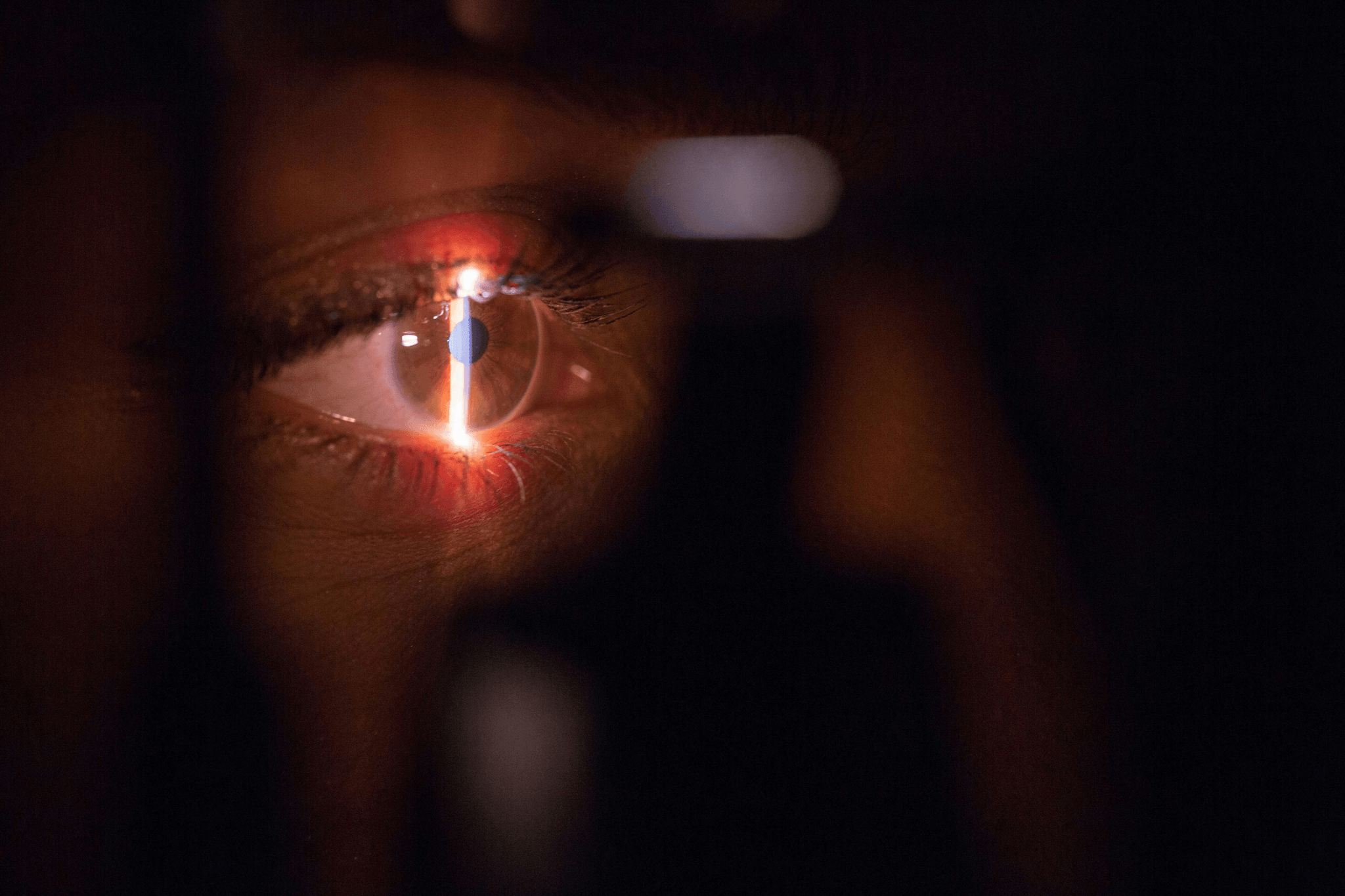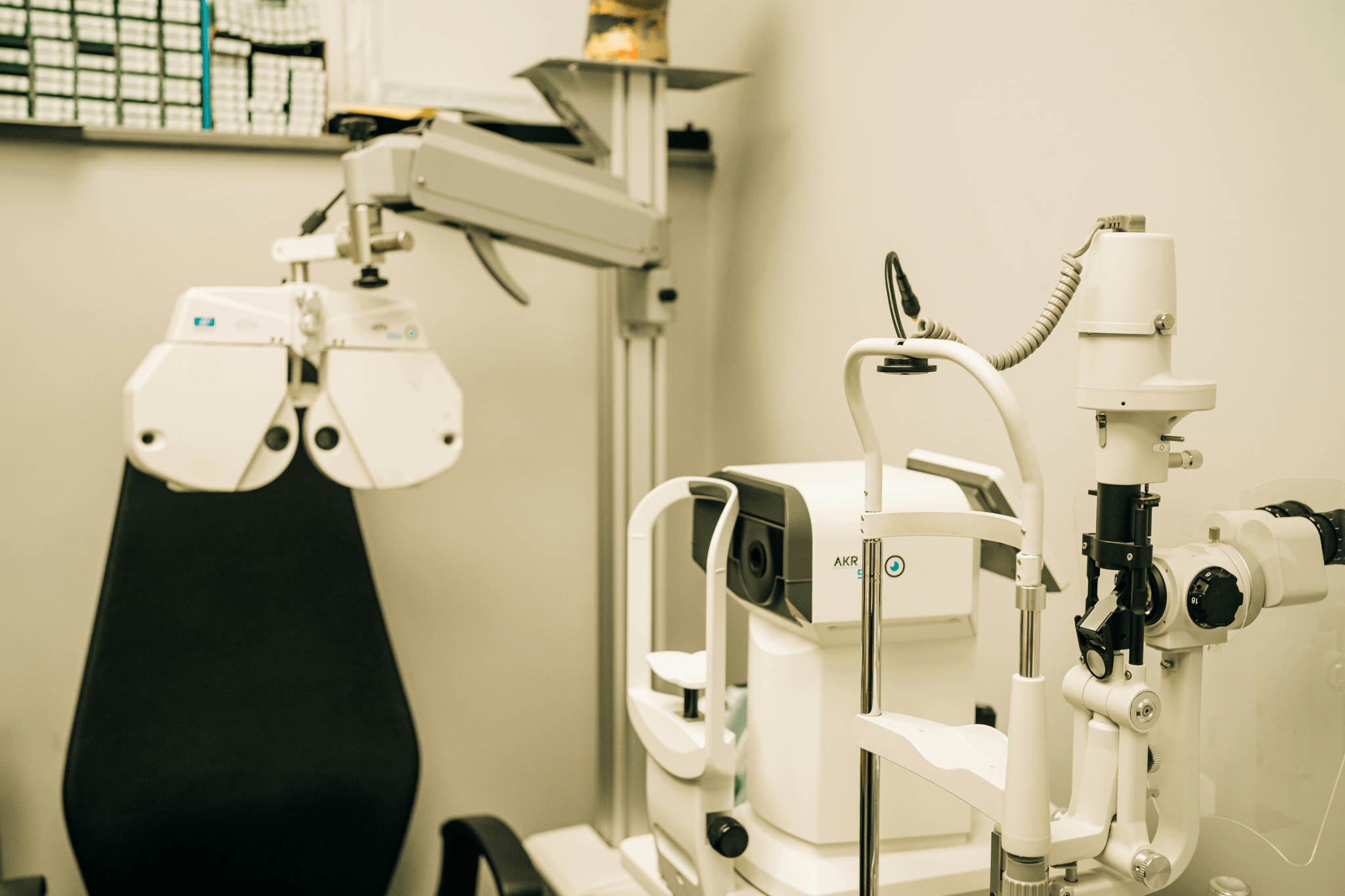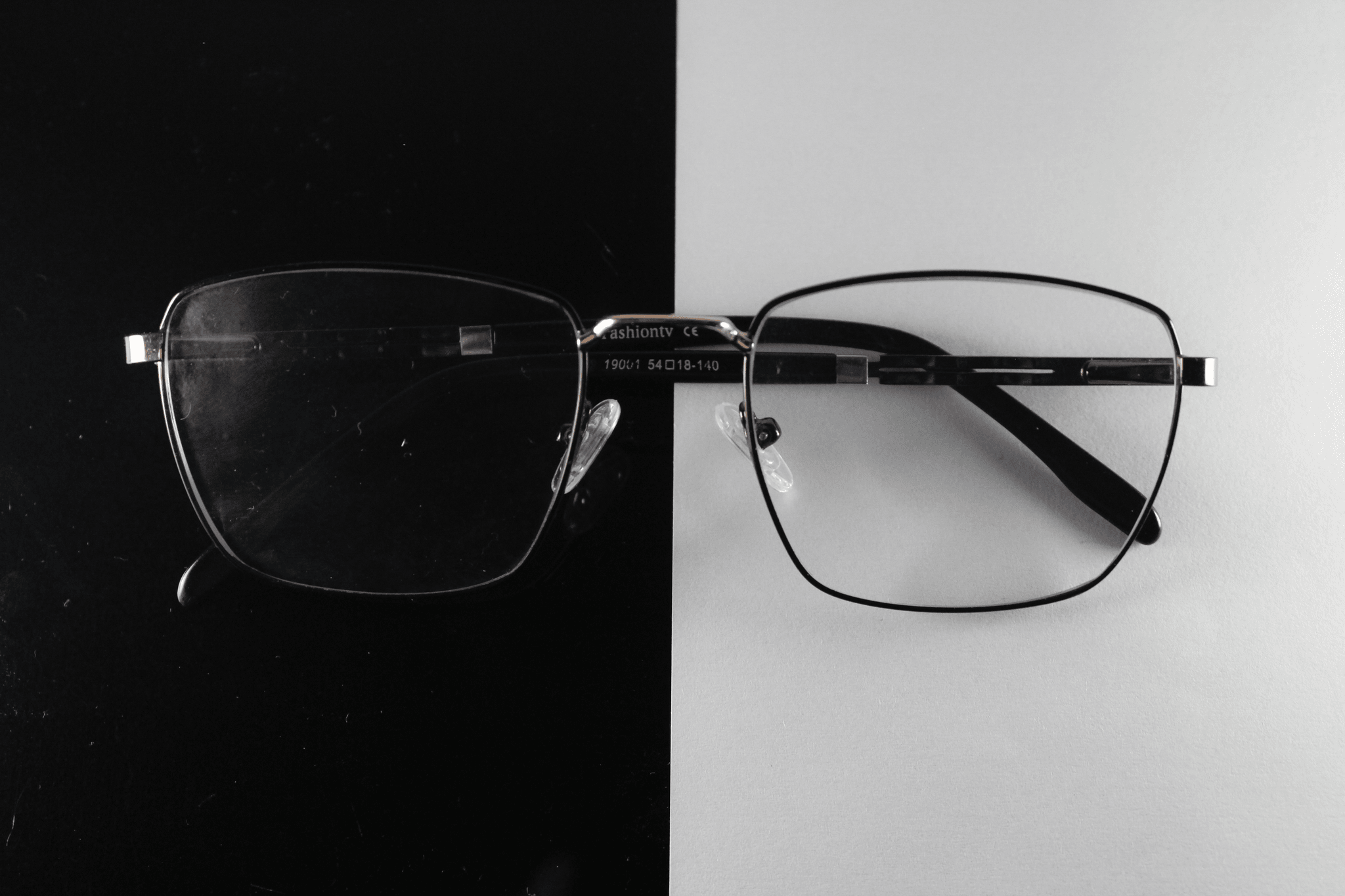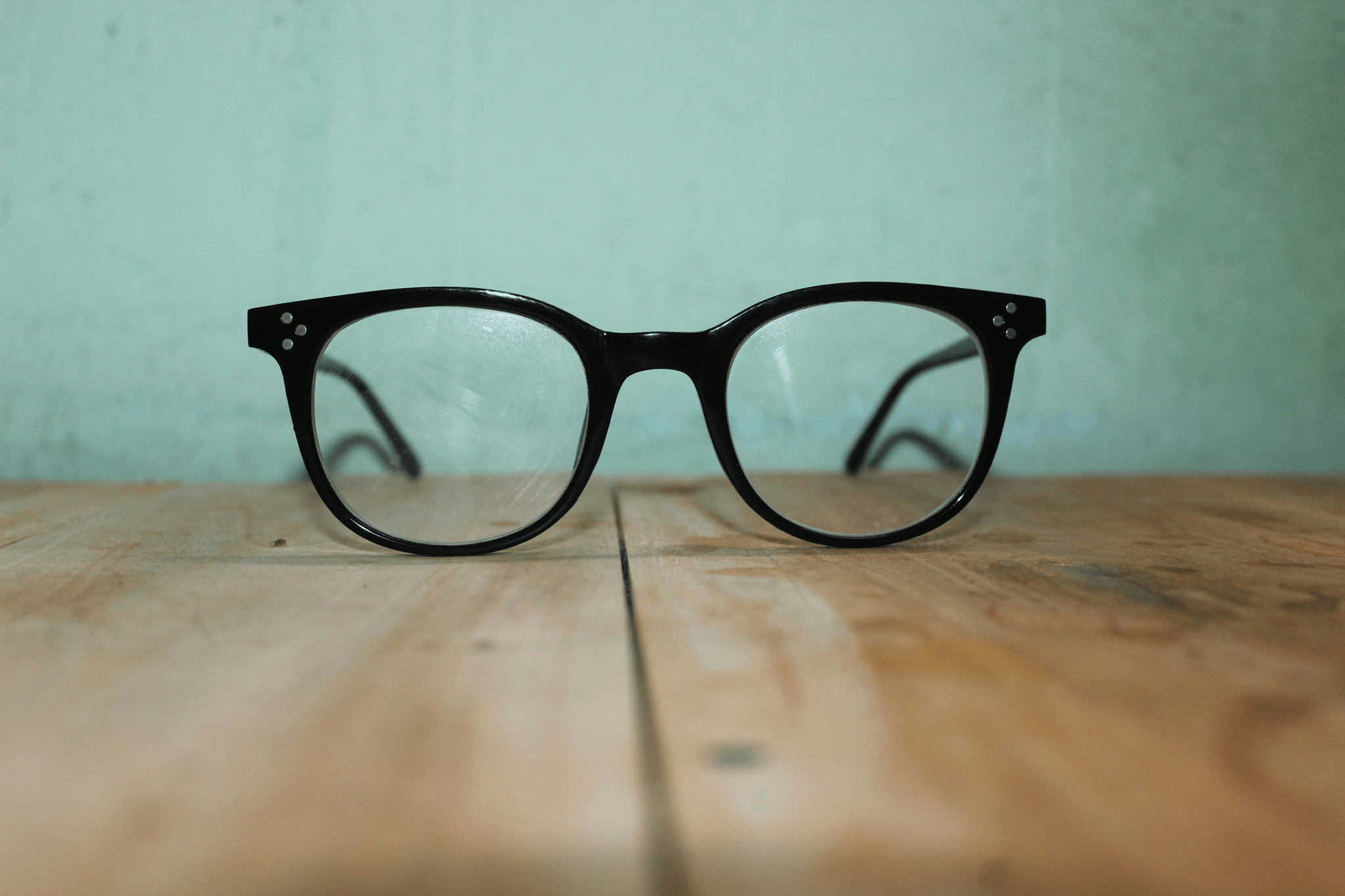Introduction
Pupillary distance (PD) is a crucial measurement for anyone needing corrective eyewear, yet many people remain unaware of its significance. Understanding what PD is in glasses not only helps you choose the right frames, but it also ensures that your lenses are positioned correctly for optimal vision. In this guide, we will unravel the mysteries surrounding PD, including its importance and common misconceptions that can lead to confusion.
Understanding Pupillary Distance Basics
So, what is PD in glasses? Essentially, it's the distance between the centers of your pupils, measured in millimeters. This measurement plays a pivotal role in ensuring that lenses are aligned with your eyes for maximum clarity and comfort. Without knowing your PD, you might end up with glasses that don't quite hit the mark—literally!
Importance of Accurate PD Measurement
Accurate PD measurement is vital for achieving clear vision through your glasses. If your pupillary distance is off—even by just 2mm—it can lead to eye strain and discomfort over time. You might be wondering: What happens if PD is wrong on glasses? The answer lies in poor visual alignment; misaligned lenses can distort images and make it difficult to focus properly.
Common Misconceptions about PD
There are several myths surrounding pupillary distance that can cloud understanding. One common question is: Why is my PD not on my prescription? Many people assume it's automatically included; however, not all optometrists provide this info unless specifically requested. Additionally, some believe there's a normal PD for everyone—what is a normal PD for glasses varies from person to person!
What is Pupillary Distance?

Pupillary Distance (PD) is a crucial measurement in the world of eyewear, often overlooked yet vital for optimal vision correction. Simply put, PD refers to the distance between the centers of your pupils, measured in millimeters. Understanding what PD is in glasses can significantly impact how well you see through your lenses.
Definition of PD in Glasses
In the context of glasses, PD is defined as the distance between your two pupils when looking straight ahead. This measurement ensures that the optical center of each lens aligns perfectly with your pupils, allowing for clear and comfortable vision. Without knowing your PD, you might end up with glasses that make you feel like you're looking through a funhouse mirror—definitely not ideal!
How PD Affects Vision Correction
The relationship between PD and vision correction cannot be overstated; it plays a critical role in how effectively your lenses work. If your PD isn't accurately measured or accounted for, it can lead to distorted vision or discomfort when wearing glasses. You might be wondering: what happens if PD is wrong on glasses? Well, incorrect measurements can cause eye strain and headaches, making it essential to get this right.
Importance of Knowing Your PD
Knowing your pupillary distance empowers you to make informed decisions about eyewear purchases and prescriptions. Many people ask themselves: why is my PD not on my prescription? The truth is that not all optometrists include it automatically; however, it's something you should definitely request! Additionally, if my PD is off by 2mm or more from what it should be, it could lead to significant visual discomfort—so don't underestimate its importance.
How to Measure Your PD at Home

Measuring your pupillary distance (PD) at home is a straightforward process that can save you time and ensure your glasses fit perfectly. Understanding what is PD in glasses is essential, as it directly impacts how well your lenses align with your eyes. With a little preparation and the right tools, you can accurately measure your PD without needing to visit an optometrist.
Tools You Need for Accurate Measurement
To get started, gather a few simple tools: a ruler or measuring tape, a mirror, and possibly a friend to help if needed. A standard ruler will suffice, but one with millimeter markings is preferred for precision—after all, even 2mm can make a difference in vision correction! If you're wondering what is a normal PD for glasses, it typically ranges from 54mm to 74mm for adults, but measuring yours will give you the exact figure you need.
Step-by-Step Guide to Measuring PD
First, stand about 8-10 inches away from the mirror while keeping both eyes open and looking straight ahead. Place the ruler across your brow so that the zero mark aligns with the center of one pupil; then measure to the center of the other pupil—this gives you your PD measurement in millimeters. If you're measuring someone else’s PD or using an online tool, repeat this process several times for accuracy; consistency is key here!
Tips for Ensuring Accurate Results
To ensure accurate results when measuring your PD at home, try repeating the measurement multiple times and averaging them out—this helps account for any small errors or variations in alignment. Also, maintain proper lighting; dim conditions can lead to misjudgment of where pupils are located! Lastly, if you’re still unsure about how accurate your measurements are or what happens if my PD is off by 2mm (hint: it could lead to discomfort), consider visiting an optometrist just to confirm.
Professional Measurement Methods

Visiting an Optometrist for PD
Visiting an optometrist is one of the best ways to measure your pupillary distance accurately. During your appointment, the optometrist will use specialized tools and techniques to determine your PD with precision. This method not only answers questions like What is a normal PD for glasses? but also ensures that your measurements are tailored specifically to your eye anatomy.
Most optometrists will take multiple measurements to confirm accuracy, as even slight discrepancies can affect how well your glasses correct vision. If you've ever wondered, What happens if my PD is off by 2mm?, this professional approach minimizes that risk significantly. Additionally, having a trained professional handle this task alleviates any anxiety about measuring it yourself.
Technology Used in Measuring PD
Modern technology has revolutionized how we measure pupillary distance in ways that were unimaginable just a few decades ago. Many optometrists now employ digital devices that can quickly and accurately assess what is pd in glasses without any guesswork involved. These high-tech tools often provide instant feedback and detailed readings that ensure optimal fitting of lenses.
Some advanced machines even use facial recognition software to analyze the positioning of pupils relative to each other and the frame being considered. This level of precision helps answer questions like “Why is my PD not on my prescription?” because it guarantees that all measurements are documented correctly during your visit. Plus, using technology means less chance for human error—always a win when dealing with something as crucial as vision!
What to Expect During a Professional Consultation
During a professional consultation for measuring pupillary distance, you can expect a friendly atmosphere where your comfort comes first. The process usually begins with a brief discussion about your vision needs and any specific concerns you may have regarding eyewear options or previous prescriptions—this includes inquiries like “What happens if PD is wrong on glasses?”
Next, you'll undergo various tests where the optometrist will measure both monocular (individual eye) and binocular (both eyes together) distances using either manual or digital equipment designed specifically for this purpose. By the end of the consultation, not only will you walk away with precise measurements but also a better understanding of how those numbers play into choosing frames suited for bifocals or progressives.
Common Questions about PD

What is a Normal PD for Glasses?
A normal PD for glasses typically ranges between 54mm and 74mm for adults, but it can vary based on individual facial structure and age. For children, the range usually falls between 43mm and 58mm as their faces are still developing. Understanding what is a normal PD for glasses helps ensure that your lenses are positioned correctly over your pupils, which is crucial for clear vision.
If you find yourself wondering what is pd in glasses specifically for you, it's best to measure it accurately or consult an eye care professional. Having this information could make all the difference when selecting frames that fit well and provide optimal visual comfort. Remember, an accurate measurement of PD ensures that your lenses align perfectly with your eyes.
What Happens if PD is Wrong on Glasses?
If your pupillary distance (PD) is wrong on glasses, you might experience discomfort or visual distortion while wearing them. Misalignment can lead to issues like headaches, eye strain, or blurred vision—definitely not the kind of clarity you want from your new specs! So what happens if my PD is off by 2mm? While it may seem minor, even a slight discrepancy can impact how effectively you see through the lenses.
In some cases, wearing incorrectly measured glasses could worsen existing vision problems or create new ones over time. It's essential to address any errors promptly by either adjusting your current lenses or getting a new pair made with the correct measurements. Ultimately, ensuring that your PD aligns perfectly with your prescription will help you enjoy clearer and more comfortable vision.
Why is My PD Not on My Prescription?
You might be puzzled if you've ever received a prescription without any mention of pupillary distance (PD). Many optometrists don't automatically include this measurement because they assume patients will get their glasses fitted at specific retailers who handle this detail separately. So why is my PD not on my prescription? It often boils down to varying practices among eye care professionals.
However, knowing what is pd in glasses can be vital when ordering online or from places where fitting isn't done in person; hence it's wise to measure it yourself beforehand! If you're unsure about how to obtain this information after receiving your prescription without a listed PD measurement, don’t hesitate to ask your optometrist during follow-up visits—they're there to help!
Adjusting PD for Different Frames

Does Frame Style Affect PD Measurement?
Absolutely! The style of your frames can influence how you measure and interpret your PD. For instance, wider frames may require slight adjustments to ensure the optical center aligns correctly with your pupils. If you're sporting oversized or unusual shapes, you might find that what is a normal PD for glasses could shift slightly due to the frame design—so keep that in mind when selecting eyewear.
Adapting PD for Bifocals and Progressives
Bifocal and progressive lenses introduce another layer of complexity regarding pupillary distance. These types of lenses require precise measurements not only horizontally but also vertically, as they have multiple focal points. If you’re wondering why your PD might not be on your prescription, it’s likely because optometrists often take additional measurements specifically tailored for these complex lens designs.
What Happens if My PD is Off by 2mm?
You might think a mere 2mm discrepancy in your pupillary distance isn’t a big deal—but think again! Such an error can lead to blurred vision or eye strain as the lenses won't properly align with your pupils. So, if you've ever asked yourself what happens if PD is wrong on glasses? Well, it's a bit like trying to see through a funhouse mirror—distorted and uncomfortable!
Conclusion
In wrapping up our exploration of pupillary distance (PD), it's clear that understanding PD is crucial for anyone looking to achieve optimal vision correction. Whether you're asking, What is PD in glasses? or contemplating the implications of an incorrect measurement, having a solid grasp on this topic can make all the difference. Remember, your eyes deserve the best, and accurate PD measurements are key to ensuring you get just that.
Final Thoughts on Measuring PD
Measuring your PD accurately should not be overlooked; it’s a fundamental step in ensuring your eyewear fits correctly and functions as intended. Many people wonder, “What happens if my PD is off by 2mm?” The truth is that even small discrepancies can lead to discomfort or visual distortion, so precision matters! As you consider your next pair of glasses, keep in mind that knowing your correct PD can save you from unnecessary headaches—literally!
Choosing the Right Eyewear with Accurate PD
If you’re unsure about how to find this information on your prescription and are asking yourself, “Why is my PD not on my prescription?” don’t hesitate to ask your optometrist for clarification! After all, the right pair of glasses isn’t just about style; it’s also about ensuring they work effectively with your unique vision profile.
Aisen Optical: Quality Eyewear Solutions
At Aisen Optical, we understand the significance of accurate measurements and quality eyewear solutions tailored to meet individual needs. Our team ensures that every pair of glasses fits perfectly by taking precise measurements—including pupillary distance—to provide an unparalleled visual experience. So whether you're curious about what happens if PD is wrong on glasses or simply want stylish frames crafted with care, we've got you covered!
